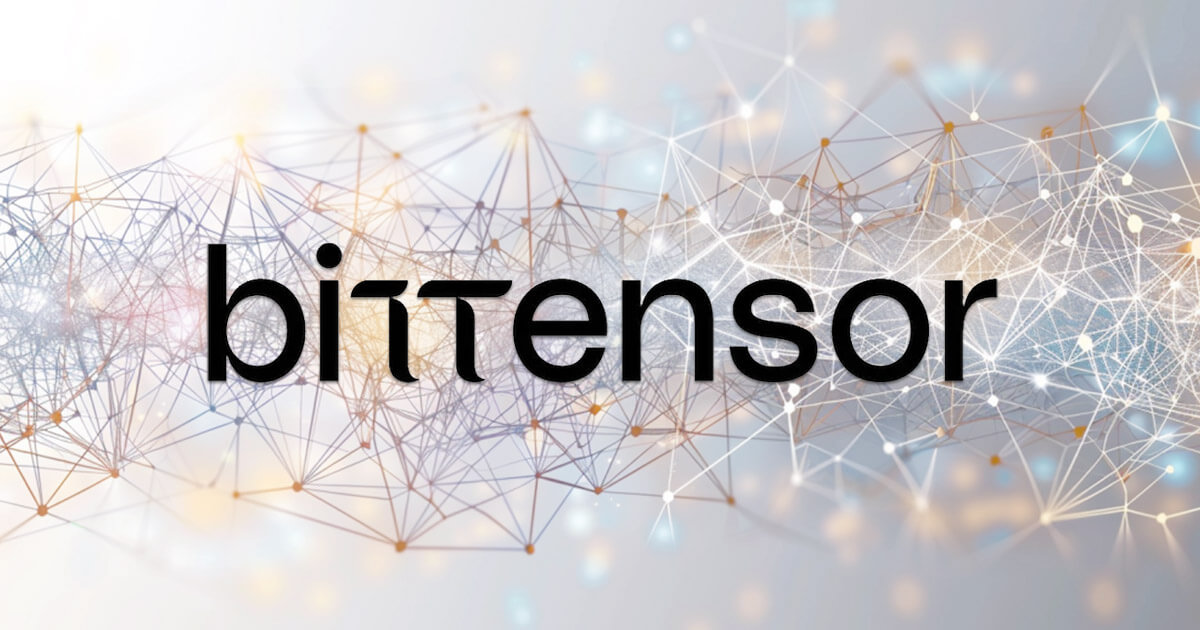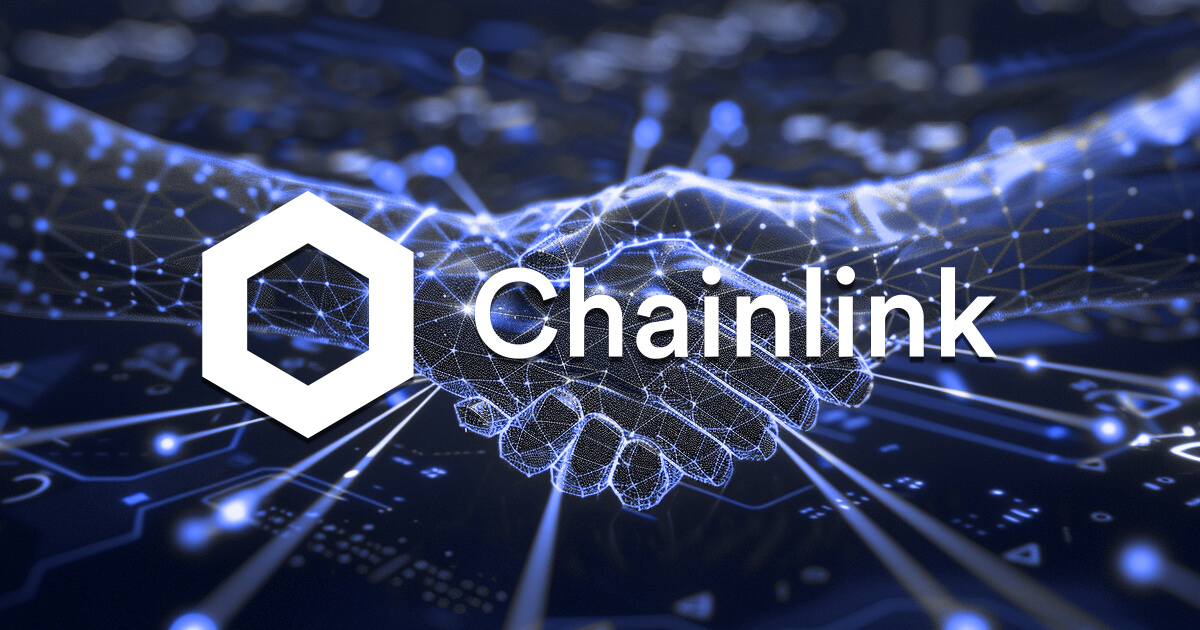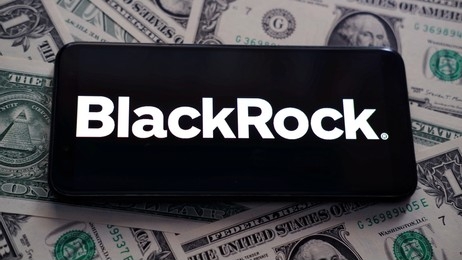Latest News
Vitalik Buterin calls U.S. crypto regulatory approach ‘anarcho-tyranny’ | MATIC News


Vitalik Buterin, co-founder of Ethereum, has once again voiced his concerns regarding the state of cryptocurrency regulation, particularly in the US. In response to a user on Warpcast, a decentralized social media platform, Buterin highlighted a regulatory paradox that he believes is stifling the industry’s growth and integrity.
Buterin observed that the current regulatory framework tends to permit projects with vague promises and ambiguous potential returns to operate with relative freedom. And counterproductively, projects that offer transparent information about returns and clearly define investor rights are often categorized as ‘securities,’ subjecting them to stringent regulations.
In the US, the Securities and Exchange Commission (SEC), under chairman Gary Gensler’s leadership, has launched a series of lawsuits to classify cryptocurrencies as securities. In its latest effort, the SEC sued Consensys, alleging that its MetaMask wallet’s swapping and staking services violate securities laws.
Many in the crypto industry have criticized the SEC’s ‘legislation through litigation’ approach. In April, the Blockchain Association and the Crypto Freedom Alliance of Texas accused the SEC of regulatory overreach in a lawsuit.
The SEC’s stance on crypto, which Buterin describes as “anarcho-tyranny,” creates a perverse incentive structure that he argues is more damaging to the cryptocurrency space than either complete regulatory anarchy or strict regulatory tyranny. According to him, the SEC’s approach encourages the creation of ‘useless’ products and services.
He wrote:
“The incentive gradient that this “anarcho-tyranny” creates ends up worse for the space than either plain anarchy _or_ plain tyranny.”
He called for a shift in the regulatory approach, advocating for a scenario where issuing a token without a clear, long-term value proposition is considered riskier. In contrast, projects that provide a transparent and credible long-term plan, and adhere to best practices, should be safeguarded. It could be argued that Buterin’s suggestion makes logical sense, and would create an environment that fosters innovation of genuine products of value.
According to Buterin, achieving this balance would require earnest collaboration between regulators and the crypto industry.
Buterin has consistently emphasized the importance of clear and fair regulations. He has frequently argued that the current regulatory landscape hampers innovation and encourages dishonesty. In previous statements, he has called for a regulatory environment that supports genuine projects while protecting investors from fraudulent schemes.
His latest comments reinforce this stance, urging regulators and industry participants to engage in good-faith dialogue. Buterin believes that by working together, they can develop a regulatory framework that promotes transparency, accountability, and sustainable growth in the cryptocurrency industry.
Buterin’s advocacy for balanced regulation emphasizes the need for a nuanced approach that can foster innovation while ensuring investor protection. His insights continue to be a guiding voice in the ongoing debate about the future of crypto regulation.
Mentioned in this article
Latest News
Bittensor proposes burning 10% supply to stabilize TAO following $8 million exploit | MATIC News


OpenTensor Foundation (OTF) has proposed burning 10% of the Bitttensor (TAO) supply to stabilize the token’s price in response to a recent exploit that led to the loss of $8 million worth of the tokens.
The decentralized AI network has put forward a vote for users to decide on the burn. Active voters participating in the proposal will be rewarded with compensatory DAO rewards at a later date.
The exploit, which occurred on July 2, saw a Bittensor user lose 32,000 TAO tokens due to a leaked private key. The incident caused an immediate 15% drop in TAO’s price, hitting a six-month low of $227. The price has since rebounded slightly to $240.
Attack timeline
The attack timeline reveals that the incident began on July 2 at 7:06 P.M. UTC when funds started being transferred out of wallets.
OTF detected the abnormal transfer volume and initiated a war room by 7:25 P.M. UTC, and by 7:41 P.M. UTC, the team had neutralized the attack by placing validators behind a firewall and activating safe mode to prevent nodes from connecting to the chain.
During this period, the network was configured to only produce blocks, halting all transactions to prevent further losses and allowing time for a thorough investigation.
The root cause of the attack was traced back to a malicious package in the PyPi Package Manager version 6.12.2, which compromised user security. The package, posing as a legitimate Bittensor package, contained code designed to steal unencrypted coldkey details.
When users downloaded this package and decrypted their coldkeys, the decrypted bytecode was sent to a remote server controlled by the attacker.
The incident prompted an immediate response from the OTF team, which prioritized the security breach over regular updates and maintenance. The disruption has been a significant test for the network, highlighting both its vulnerabilities and the resilience of its infrastructure.
Aftermath
Despite the severity of the attack, some validators, such as RoundTable 21, confirmed that their delegators’ funds remained secure, emphasizing that the exploit did not impact all users uniformly.
However, the decision to halt the chain has led to a debate within the community about its implications for Bittensor’s claim of decentralization. Critics argue that the ability to pause the chain contradicts the principles of a decentralized AI network, while supporters believe it was necessary to protect users’ assets.
OTF plans to gradually resume normal operations of the Bittensor blockchain, ensuring a safe and responsible approach. Regular progress updates will be provided to the community.
As a precaution, users who suspect their wallets were compromised are advised to create new wallets and transfer their funds once the blockchain resumes normal operation. Additionally, upgrading to the latest version of Bittensor is strongly recommended.
Moving forward, Bittensor will implement enhanced package verification processes, increase the frequency of security audits, adopt best practices in public security policies, and improve monitoring and logging of package uploads and downloads.
The proposed token burn and ongoing security enhancements aim to restore confidence in the TAO ecosystem. The outcome of the vote will play a crucial role in stabilizing and securing the network, with the community eagerly awaiting further updates from the developers.
Mentioned in this article
Latest News
Europe’s largest Bitcoin miner Northern Data to launch IPO in the US | MATIC News


Europe’s largest Bitcoin miner, Northern Data AG, has announced plans for a substantial initial public offering (IPO) in the US at a valuation between $10 billion and $16 billion.
The IPO, which will be held on the Nasdaq stock exchange, is scheduled for the first half of 2025 and may also include selling a minority stake to investors prior to the public listing.
Following the IPO announcement, Northern Data’s shares on the XETRA stock exchange surged by over 5%, reaching €25. This positive market reaction indicates strong investor confidence in the company’s future prospects. The firm first considered an IPO in 2021 but decided against it at the time.
The upcoming offering will highlight two of Northern Data’s key business units: Taiga, which handles the company’s cloud computing activities, and Ardent, which manages its data centers. Both units are crucial to Northern Data’s strategy to capitalize on the rapidly expanding AI sector.
The crypto industry continues to face regulatory challenges. Previous attempts by digital asset firms to go public, including Circle, encountered difficulties due to regulatory scrutiny. However, Northern Data’s focus on AI and cloud computing may help it navigate these challenges more effectively.
AI pivot
Originally founded as Northern Bitcoin AG, Northern Data has grown into a significant player in the Bitcoin mining industry. In recent years, the company has diversified its operations to include artificial intelligence (AI) and cloud computing, responding to the decreasing profitability of Bitcoin mining and the growing opportunities in these fields.
In November 2023, Northern Data secured $610 million in debt financing from Tether. The investment is intended to strengthen Northern Data’s AI and cloud computing operations.
The financing followed a strategic partnership between the two companies announced in September 2023. The partnership aimed to focus on AI, peer-to-peer communications, and data storage solutions.
Northern Data’s pivot towards AI and cloud computing reflects a broader industry trend. As the profitability of Bitcoin mining declines, many companies, including Core Scientific and Hut 8 Corp, are exploring new revenue streams.
Committed to Bitcoin mining
While diversifying its business, Northern Data remains committed to Bitcoin mining and plans to continue expanding its footprint in the industry.
Peak Mining, the company’s US-based Bitcoin mining unit, is a significant part of its operations, with nearly 700 megawatts of high-performance computing data centers. In 2023, Peak Mining mined 2,298 BTC, generating over $64 million in revenue despite an 18% year-over-year decrease in production.
Northern Data’s presence in the US has been growing steadily. In May, the company acquired its second 300-megawatt mining site, further solidifying its position in the American market. The expansion highlights Northern Data’s long-term commitment to Bitcoin mining, even as it explores new technological frontiers.
Mentioned in this article
Latest News
Chainlink to handle on-chain NAV for Sygnum’s $50 million tokenized Matter Labs treasury | MATIC News


Fidelity International and Sygnum have partnered with Chainlink to bring Net Asset Value (NAV) data on-chain, as announced on July 3.
This partnership marks showcases the potential advancement through tokenized assets, enhancing transparency and accessibility for fund data. Specifically, it will support Sygnum’s on-chain representation of units of Fidelity International’s $6.9 billion Institutional Liquidity Fund, where $50 million of tokenized Matter Labs’ Treasury reserves issued on the zkSync Blockchain are currently held.
On-chain NAV data
NAV data is crucial in the financial industry as it indicates the price at which investors buy or redeem a fund unit. The financial institution’s partnership with Chainlink would bring this data on-chain, improving the investment experience. The press statement reads:
“With Chainlink, NAV data can be reported and synchronized on-chain accurately, providing real-time transparency and access to historical data for Sygnum, its clients, and market participants.”
Chainlink offers a chain-agnostic system for NAV data dissemination, ensuring secure data delivery across any blockchain or off-chain system.
This integration also meets the core requirements of tokenized assets, enabling cross-chain interoperability and dynamic synchronization to maintain up-to-date programmable assets.
Fatmire Bekiri, Sygnum’s Head of Tokenization, stated that this partnership bridges the gap between traditional finance and the blockchain industry.
This view was also shared by Sergey Nazarov, Chainlink’s co-founder, who noted the rising popularity of fund tokenization. He added:
“The global reach and efficiency benefits of tokenized funds are far greater than traditional methods and will over time become the way the entire asset management industry operates.”
LINK’s institutional adoption rises
The new partnership arrives when institutional interest in Chainlink‘s LINK token is rising.
On July 2, blockchain investigator Lookonchain reported that an institution/whale was accumulating the Oracle network’s native token. According to the analyst, 54 fresh wallets withdrew 2.08 million, worth more than $30 million, from the Binance exchange.
Crypto traders usually interpret exchange withdrawals as a bullish signal that suggests an investor is unwilling to sell and wants to hold the asset for the long term.
However, the move had little impact on LINK’s price, which remained relatively stable the past day, falling by 0.5% to $14.4 as of press time.
Mentioned in this article
-

 Hot Projects4 months ago
Hot Projects4 months agoBitcoin Blasts Past $70,000 to Register New All-Time High | MATIC News
-

 Latest News4 months ago
Latest News4 months agoCourt upholds SEC’s unregistered securities claims against Gemini, Genesis’ Earn program | MATIC News
-
Hot Projects2 months ago
Bitcoin Will Be Set For New ATHs If It Breaks This Resistance: Analyst | MATIC News
-

 Latest News2 months ago
Latest News2 months agoSix Coinbase customers claim the exchange is violating securities laws in new lawsuit | MATIC News
-

 Hot Projects3 months ago
Hot Projects3 months agoBitcoin ETF Inflows Could Eclipse $1 Trillion, Predicts Bitwise CIO | MATIC News
-

 Hot Projects3 months ago
Hot Projects3 months agoOndo Finance Joins BlackRock Tokenized Fund As Inflows Surpass $160M | MATIC News
-

 Latest News4 months ago
Latest News4 months agoOver $1 billion wiped off HEX’s valuation following Richard Heart’s disparaging remarks | MATIC News
-

 Hot Projects2 months ago
Hot Projects2 months agoPEPE Whales Go On Massive 720B Shopping Spree Amid Campaign For New ATHs, Is It Time To Get In? | MATIC News


